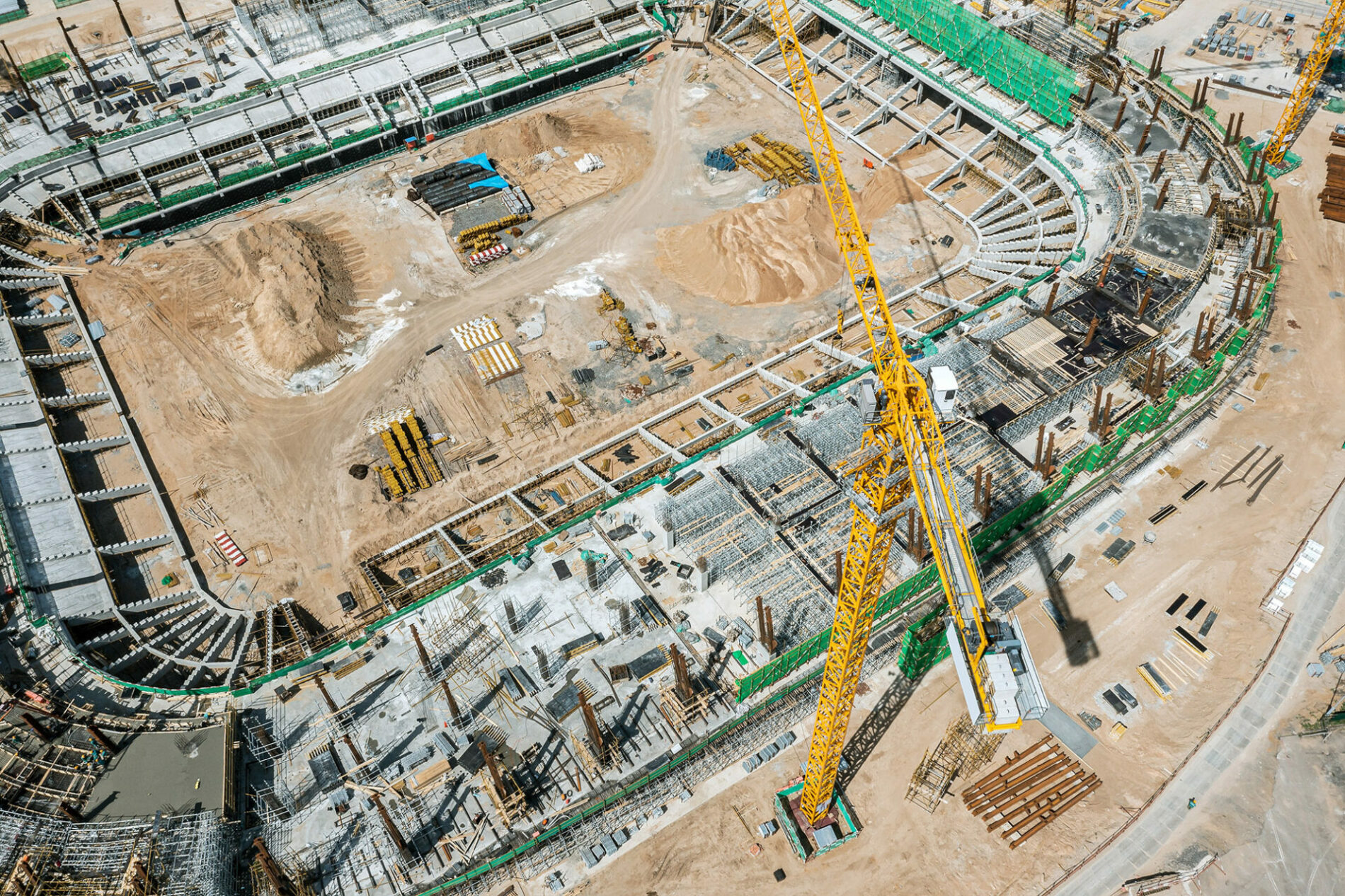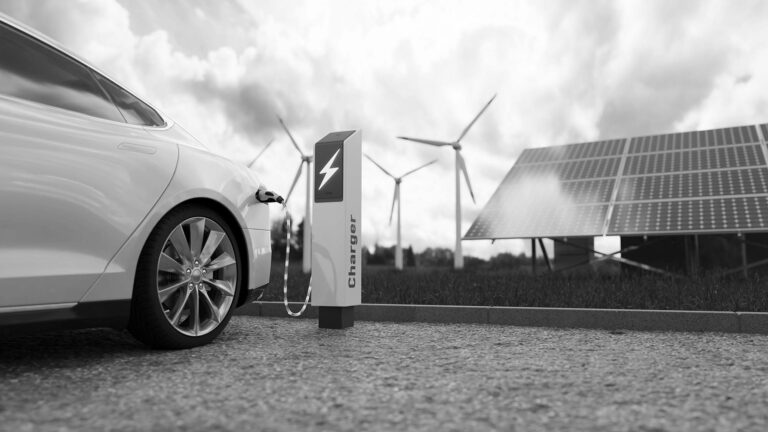More than almost any other, construction is an industry that works in partnership. Every stage of a project is in tandem with the other moving parts. What this allows construction to excel at, is the ability to work within any sector. Housing, business, infrastructure, even leisure. No other operational model can partner with companies and businesses across each of these communities. It is in one sector, however, where new and interesting strides are taking place. With over four billion fans globally, Soccer is the most popular sport on earth by a clear distance. It is played in every country and vast amounts of money filter through the sports economy. Notwithstanding the commercial enterprises of teams and leagues, auxiliary areas of the sport are large revenue streams. Stadia, training facilities and entertainment are elements of soccer that are intrinsically linked to the construction industry. While the United States is still considered to be somewhat developing in terms of interest and fanbase, the MLS is making huge strides to become a global leader in certain areas of the sport. One element of soccer, and many other sports also, that lets it down is that along with its enormous stadiums comes enormous waste.

It may sound like a peculiar gripe to have with a large-scale sports facility, but given its popularity, the amount of power related to travel, running stadiums and the waste that is generated from their usage, is incredible. It is estimated that the global soccer industry generates more than 30 million tons of carbon dioxide annually. This is the equivalent to the total emissions of a country such as Denmark. Additionally, studies have been conducted to analyze the emissions generated by specific tournaments that have taken place. In 2022, the men’s World Cup was hosted by Qatar. This four-week tournament alone generated 3.63 million tons of CO2. According to Earth.org, the breakdown of this figure is similarly shocking. “Transportation accounted for 52% of the total (1.89 million tCO2e), while accommodation generated 20% of the total emissions (728,404 tCO2e). Temporary (162,556 tCO2e) and permanent (654,658 tCO2e) facility/venue construction combined accounted for 23% of the total. Other contributing factors included logistics, media, materials and merchandise, venue operations as well as electricity, heating, and cooling.”
So, what can be done to minimize the environmental impact of the most popular sport on the planet? Seemingly, the best course of action is a communal approach. In 2016, the United Nations launched the Sports for Climate Action Framework which called on participating signatories to achieve net-zero by 2040. The English Premier League signed up in 2021 with many clubs making individual pledges also. The governing bodies are going one step further, however. The United European Football Association (UEFA) recently launched its Carbon Footprint Calculator where clubs can calculate their emissions based on travel, stadia and facilities. “The UEFA Carbon Footprint Calculator embodies our ambition to showcase that football can be part of the solution in the global effort to reduce carbon emissions,” explained UEFA Vice-President Laura McAllister. “By providing stakeholders with the tools and guidance, we are facilitating collective action towards a more sustainable future for our sport and the planet. Together, we can demonstrate to governments, investors, fans, and commercial partners that football is committed to addressing climate change in a unified and strategic manner.”
“By providing stakeholders with the tools and guidance, we are facilitating collective action towards a more sustainable future for our sport and the planet. Together, we can demonstrate to governments, investors, fans, and commercial partners that football is committed to addressing climate change in a unified and strategic manner.”
Not to be outdone by its European counterparts, U.S. soccer organizations are not pushing towards a greener, more sustainable model of soccer infrastructure. Solar panels have now become ubiquitous on the roof of soccer stadia around the country while wind and geothermal energy is also being explored. Additionally, the environmental impact of the stadium’s construction is now being offset through eco-friendly design and construction practices. For example, sustainable materials are frequently being used in construction while many stadia have achieved LEED certification through the use of green roofs and natural lighting and cooling systems.

New York City FC is planning on taking things ever further, however. The club recently unveiled its plans for a sustainable stadium which, if completed, will signal a new era in sports stadia. The 25000-seat stadium will be fully electric, partly run on green energy, and built with recycled materials. By using locally sourced materials with embodied carbon practices as standard, the stadium will utilize solar panels, a water harvesting system below the pitch, and it will restore biodiversity to the surrounding community as part of the project. While it will boast sustainable practices throughout its construction phase, the question remains on how will it fare once the matches themselves kick off?
Thankfully, NYCFC is making significant efforts to reduce its environmental impact post-construction too. Using locally sourced materials throughout the complex, the club is also working closely with the local transport systems to ensure affordable and sustainable travel options are available for travelling supporters. “I’m proud that New York City will be home to the first fully electric sports stadium in Major League Soccer,” said Mayor Adams. “It’s imperative that we continue our shift to a more sustainable and resilient future, helping New York to better prepare for a changing climate. As a city, we’re reshaping our relationship with energy: how we generate, store and use it. New York City Football Club’s stadium will serve as a model for that goal. New York City has taken significant steps to become more sustainable, resilient and equitable, and this proposed stadium encompasses those commitments.” This sentiment is one shared by the Club’s president Bret Sims, who added that “we’re focused on ensuring that the Club is leading the way when it comes to reducing environmental impact.”
The project, while environmentally minded, it also one that takes the local community into consideration. The project will include a total of 2,500 units of 100% affordable housing at the site, a 650-seat public school, 40,000 square feet of new public open space, retail space and a 250-key hotel. According to local Council Member Francisco Moya, the long-term benefits to the local community cannot be overstated. “This soccer stadium, and the larger Willets Point project, will transform a part of Queens that has a long and difficult history of environmental degradation. It’s imperative that protecting vulnerable communities against the effects of climate change is at the heart of all infrastructure projects in our borough. As this stadium plan demonstrates, New York City Football Club takes sustainability incredibly seriously. I’m excited and proud that Queens would be home to a stadium that would serve as a model to others moving forward.”


















